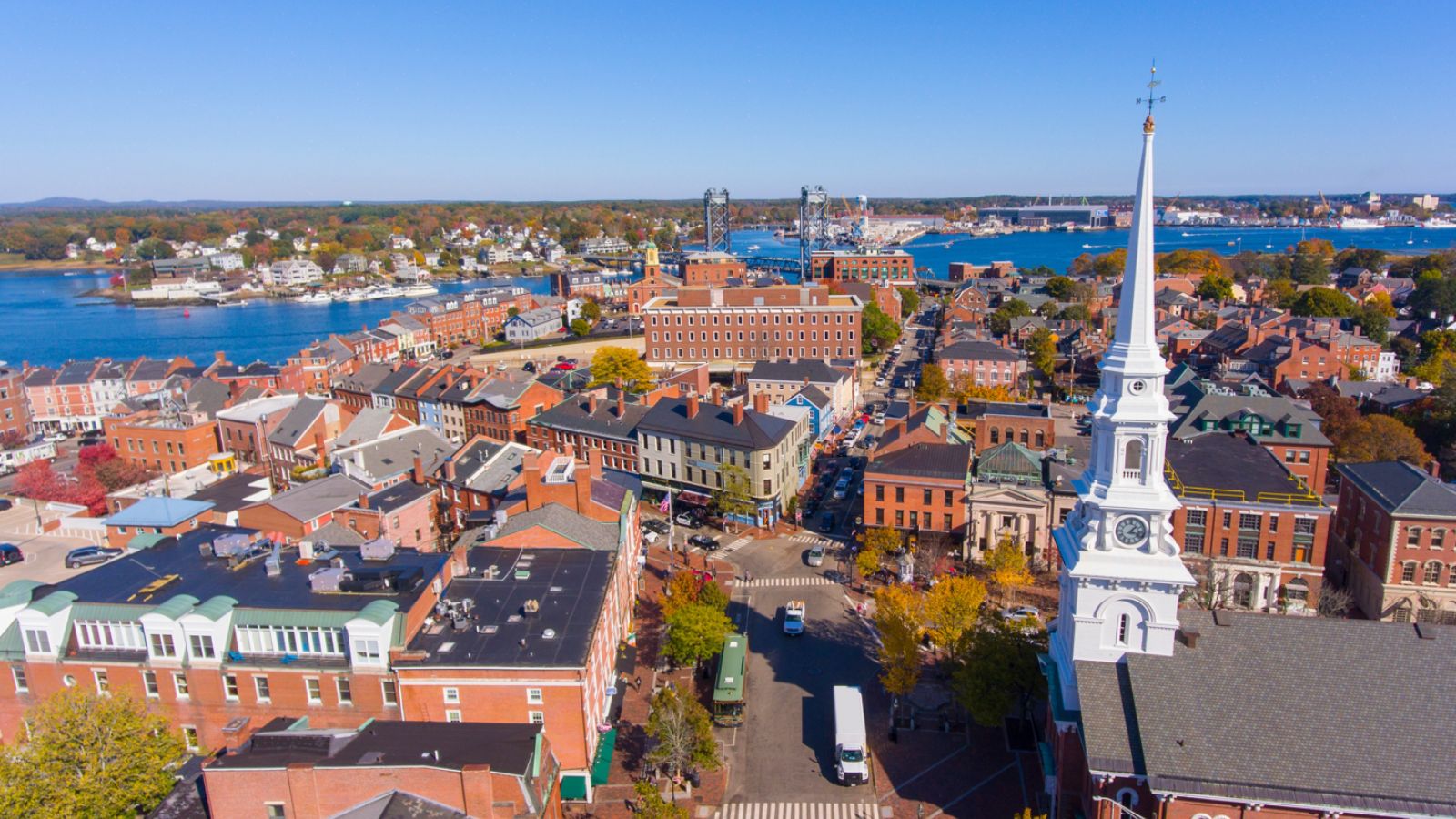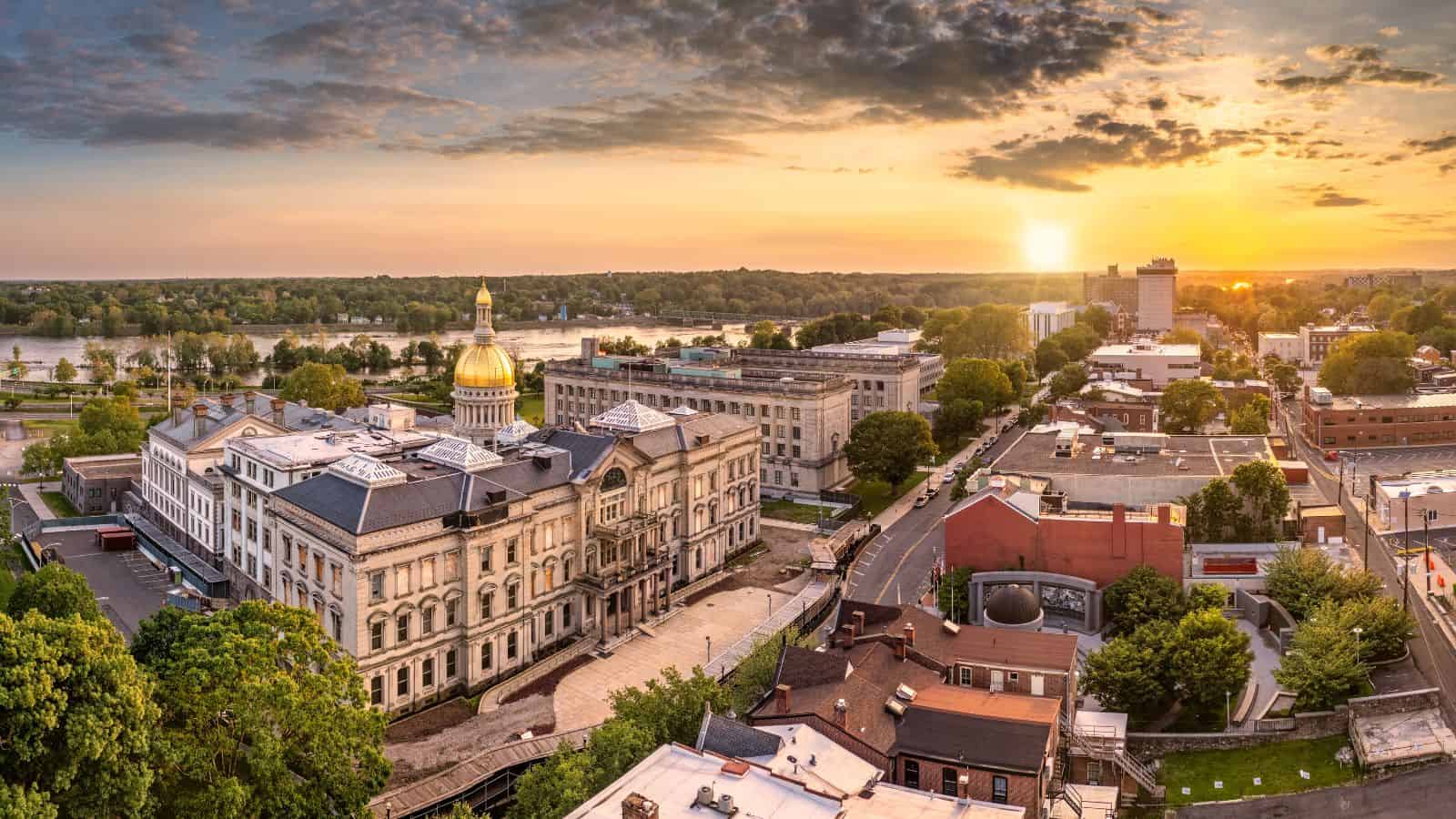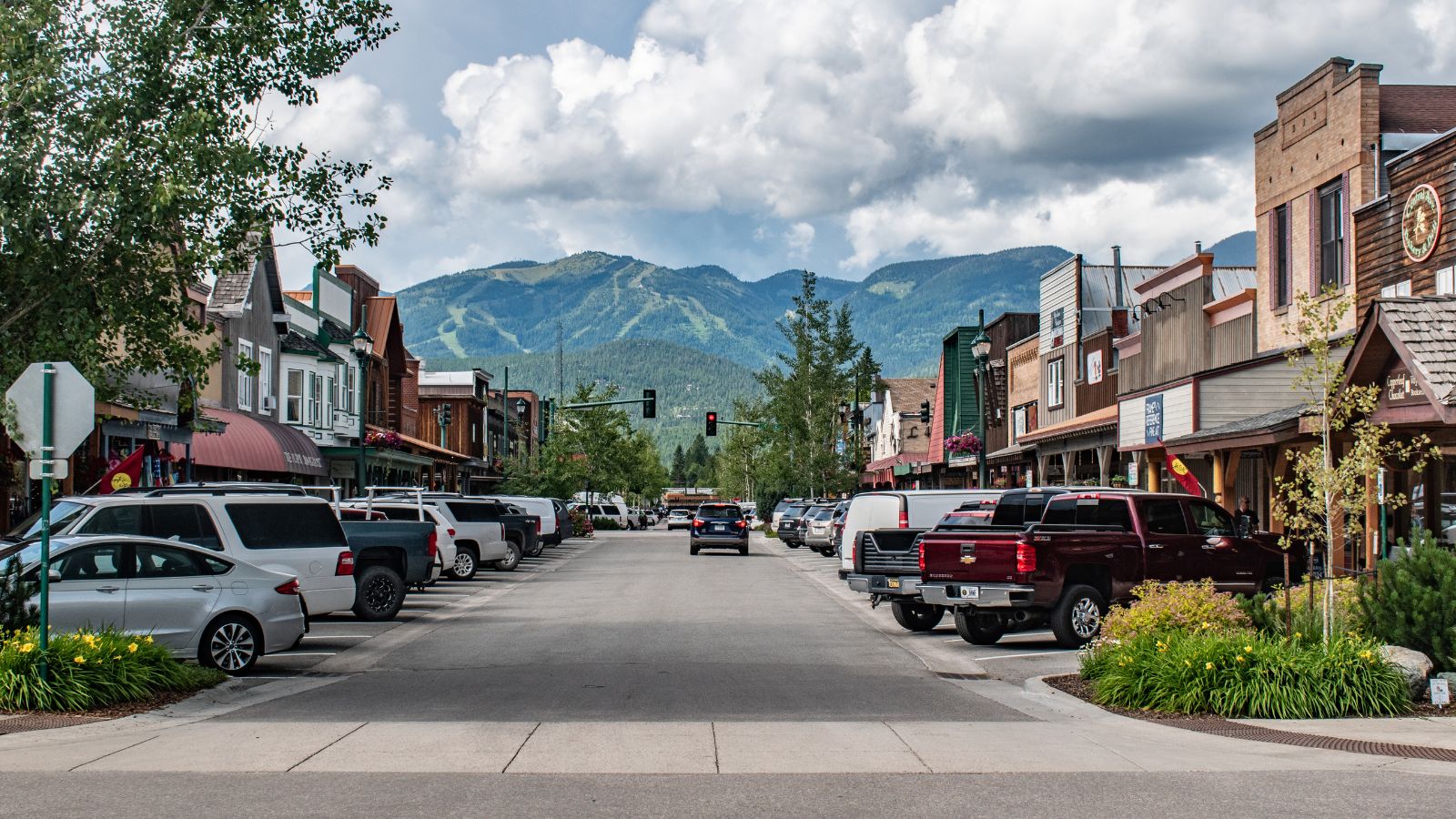Natural disasters occur with greater intensity and are more frequent than they used to be in America, with billion-dollar natural disasters being an annual feature. However, not all states are prone to these costly disasters; in these 17 states, they are rarer.
Connecticut

Connecticut’s geographic location partially shields it from extreme weather events that are more common in other areas of the country. The Constitution State has strict building codes and regulations that help minimize damage when natural disasters strike, but its coastal areas are at risk of flooding and erosion.
Rhode Island

Rhode Island, America’s smallest state, has a location that generally limits its exposure to large-scale natural disasters. The Ocean State’s coastal management program, the Rhode Island Coastal Management Program, helps mitigate the impact of rising sea levels and potential coastal storms.
Maine

Director of the Center for Conservation Innovation Dr. Lindsay Dreiss notes that while natural disasters are “relatively infrequent” in Maine, “certain areas of the state are more prone to experience natural disasters than others.” The Pine Tree State does occasionally experience earthquakes, hurricanes, floods, and landslides, but it’s generally safe and offers abundant natural landscapes.
Pennsylvania

Pennsylyvania’s location in the mid-Atlantic generally contributes to a lower risk of severe natural disasters. Flooding is the state’s most common natural disaster, typically occurring in the center near rivers.
Ohio

The Buckeye State’s location and topography offer some natural protection against the brunt of natural disasters, but it does suffer from storms and floods. However, the state has a solid disaster response framework, with early warning systems and community preparedness programs.
Maryland

Maryland’s geological structure results in a very low risk of significant earthquakes. Maryland.gov notes that “seismic activity is unusual in Maryland,” but several minor quakes have hit the mid-Atlantic state.
Indiana

Indiana is known for its low likelihood of severe natural disasters. Although it does experience some floods and storms, its Emergency Management and Preparedness Division and community preparedness initiatives are effective at educating and training citizens on disaster response.
Iowa

Despite being in the Midwest, Iowa is known for its effective tornado risk management and early warning systems. It also has ongoing flood mitigation efforts, levee improvements, and water management.
Minnesota

The Minnesota Department of Administration explains that the Land of 10,000 Lakes’s inland location protects it from the threat of tidal waves and hurricanes. The state is also located in the lowest-risk seismic category.
North Dakota

The Peace Garden State’s geography makes it less prone to earthquakes, hurricanes, and other severe natural disasters than others in the nation. Its bitter winters have also left it well-prepared for blizzards.
South Dakota

The Mount Rushmore State is geologically stable, lowering the risk of dangerous earthquakes. The state also has effective weather monitoring and early warning systems that mitigate the impact of severe weather events.
Michigan

WOODTV explains that the Great Lakes provide Michigan with a severe weather buffer and that cold lake temperatures in the spring can “knock down the strength of thunderstorms and sometimes eliminate them altogether.” The Great Lakes State also has a very low occurrence of earthquakes.
Nebraska

Nebraska’s advanced weather monitoring and alert systems provide early warnings, helping it prepare and respond to disasters and avoid the devastation of floods and tornadoes of the 20th century. The state also encourages community engagement in disaster preparedness through education and training programs.
New Hampshire

The Granite State is positioned away from the common paths of major hurricanes and has minimal seismic activity. Crisis Equipped notes that while “powerful hurricanes don’t reach the New England region often,” they can cause millions of dollars in damages.
New Jersey

The Garden State is known for rarely experiencing earthquakes, and when they do strike, they are of low magnitude. However, New Jersey is known for its flooding, which can occur year-round, and is at risk of rising sea levels.
Montana

This Mountain West state is generally safe from earthquakes, hurricanes, and tornadoes, but it does experience occasional flooding. Only five floods in the past century have been considered significant for their damage.
Wisconsin

Wisconsin’s geographic location and climate conditions, especially in the south of the state, make it out of reach of hurricanes and the destructive winds and storm surges they produce. The Encyclopedia of Milwaukee also writes that tsunamis are a non-threat, and that its “rolling landscape prevents landslides.”
Read More: 18 Misunderstood Acts The Bible Says Aren’t Actually Sins

People tend to assume that the Bible condemns a wide array of behaviors, but the reality might surprise you. Here, we zoom in on 18 so-called “sins” that may not be as bad as we thought.
18 Misunderstood Acts The Bible Says Aren’t Actually Sins
18 Things You’re Far Too Old To Be Doing Anymore

As we grow older, it’s a great time to reevaluate our choices and habits. In this article, we’ll explore 18 things you may still be doing even though you may be too old.
18 Things You’re Far Too Old To Be Doing Anymore
18 Things That Become Intolerable as You Get Older

As people age, they sometimes don’t find as much joy in things as they used to. An internet survey recently asked, “What are you starting to dislike more as you get older?” Here are the top 19 responses.
18 Things That Become Intolerable as You Get Older
The Boomers Called It: 19 Stupid Trends That Backfired

Sometimes, we get carried away with trends that we think are cool at the time, only to realize later how utterly ridiculous they were. Join us as we take a cringe-worthy trip down memory lane and explore 19 stupid trends that backfired. Prepare for some facepalms!
The Boomers Called It: 19 Stupid Trends That Backfired
21 Things That Will Be Lost Forever When The Boomer Generation is Gone

Baby boomers grew up in a vastly different culture, so they have what younger generations consider strange habits. An internet survey recently asked, “What will die with boomers?” Here are the top 22 answers.
21 Things That Will Be Lost Forever When The Boomer Generation is Gone
